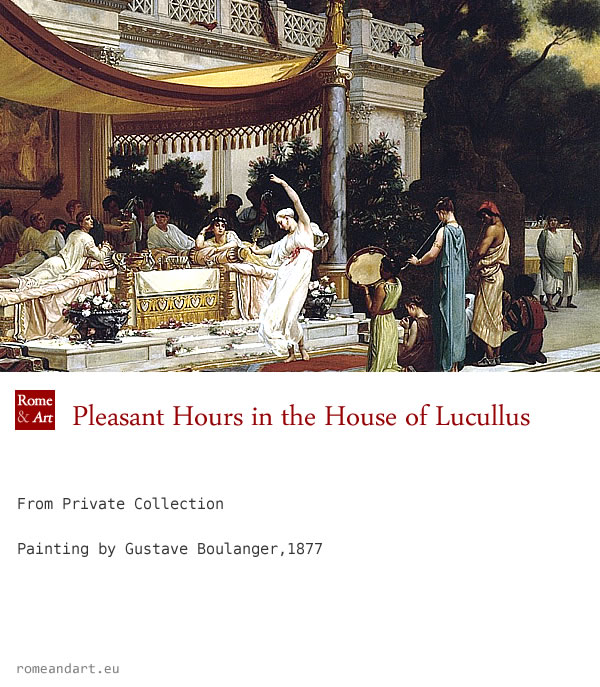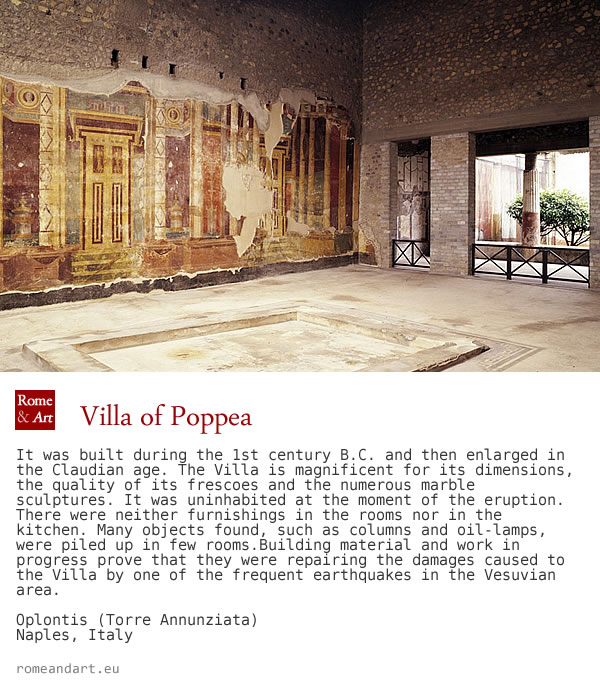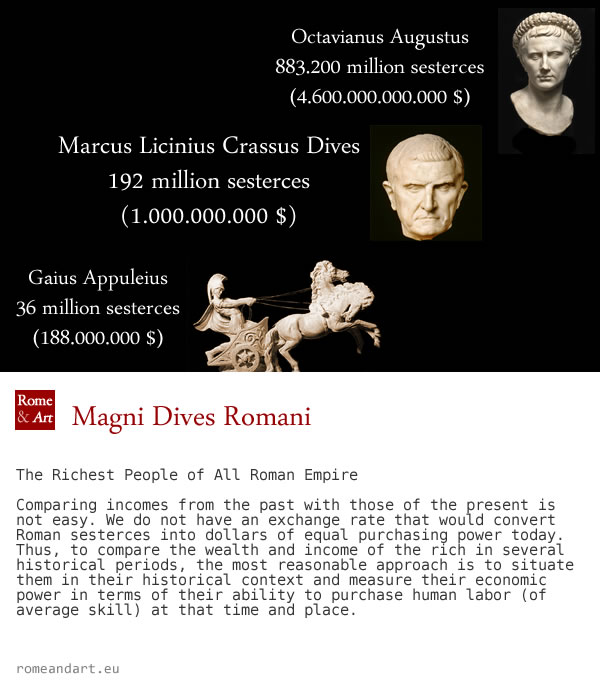Magni Dives Roman
The meaning of the term "dives" is "rich" and wealth in Rome had its champions who were not only the emperors but also others before them in the republican age; perhaps the real champion in this special classification was Marcus Licinius Crassus who earned the nickname of dives.
Marcus Licinius Crassus's assets were estimated at 192 million sestertii, equal to a value of 1 billion euros. Up until he was very young he had shown his talent, an obsession with money; according to Plutarch he was suffering from philoplutia, or ambitious greed for wealth.
The wealth of Crassus, begun by the family patrimony of seven million sesterces, was increased by unscrupulous business, from usury to the exploitation of mines, to the housing market; it is said that he sent assassins to set the insulae on fire so that he could then take possession of the recovered materials and, thanks to his relationships, obtain the land where to build new higher insulas and with a greater number of cubicula; would today be called a real estate developer.
However, no man was ever on a par with Octavian Augustus who is still the richest western man of all time; its assets were estimated to be $ 4.6 trillion; when the Roman empire alone produced 30% of the wealth of the known world, the princeps possessed a fifth of the empire. From the top of these values it is possible to understand how he could be considered, by those who had nothing or little to live, a god on earth.
The accumulation of Augustus' wealth began with the victory of Actium and the conquest of Egypt; after Antonius's death he confiscated all his assets - it must be remembered that Marcus Antonius had become the owner of all Pompeius Magno's assets when they were auctioned - and his clientes passed to him, while with Cleopatra's death he became master of Egypt which became imperial province and thus all the property of the rulers of Egypt and the right to collect taxes became his; he became the richest man in the entire empire. After his death the patrimony entered for the most part in the imperial state property and therefore in the properties of his successors who, above all Caligula and then Nero, were able to employ for their delusions of grandeur and "follies". After Nero's death and the year of the four emperors, that enormous wealth had been dispersed and it was only thanks to the wars of conquest that the new emperors could form new conspicuous heritages.
In Rome, two ways could be followed to build real assets: to make a political career and acquire prestigious positions or to deal with commercial activities. Starting from the second century. A.D. a new typology of dives succeed, the landowner able to exploit his funds not only for cultivation and breeding but also for the extraction and processing of building materials: this is the case of the families of the Arrii and of the Annii who with their wealth conquered power and gave Rome three emperors: Antoninus Pius, Marcus Aurelius and Commodus.
Among the rich Romans we also find surprises: in the second century. A.D. Gaius Appuleius lived, a charioteer who in 24 years of career managed to win over 36 million sesterces, the sum with which he could have fed the whole plebs of Rome for a whole year; he made his debut at the age of 18 in the white team, after six years he switched to the green one and ended his career at 42 years in the red team.
A new, original value of Roman society was not foreign to the ostentation of wealth: the cultus. Thus was defined the spectacle that the riches gave of themselves to their clientes and to the city to make their social status evident. Let's not forget that the definition of the social classes after the Punic wars was taking shape from a sum of archaic and new economic and moral values that could also be in antithesis ...
Sign up and read the rest of the article!
by M.L. ©ALL RIGHTS RESERVED (Ed 1.0 - 03/03/2020)
Gallery




Vatican Museums






